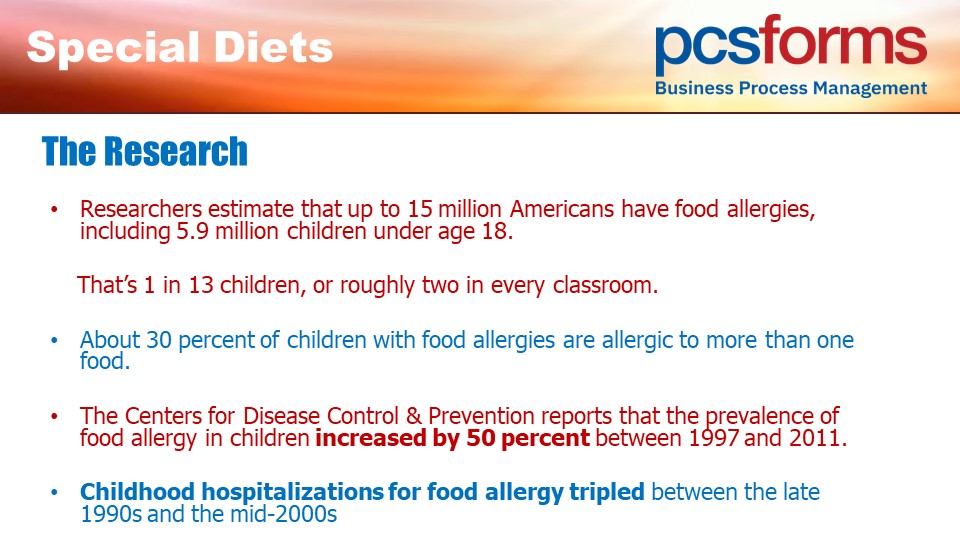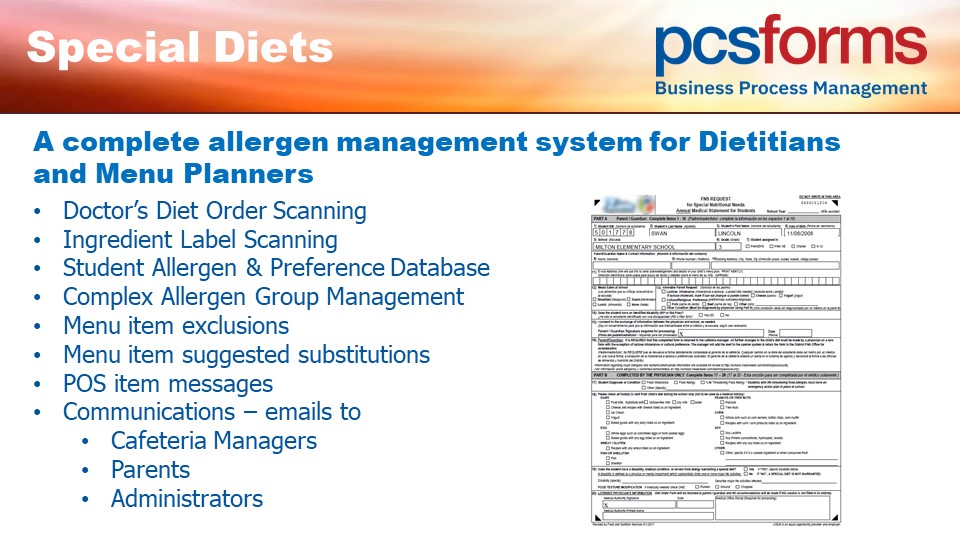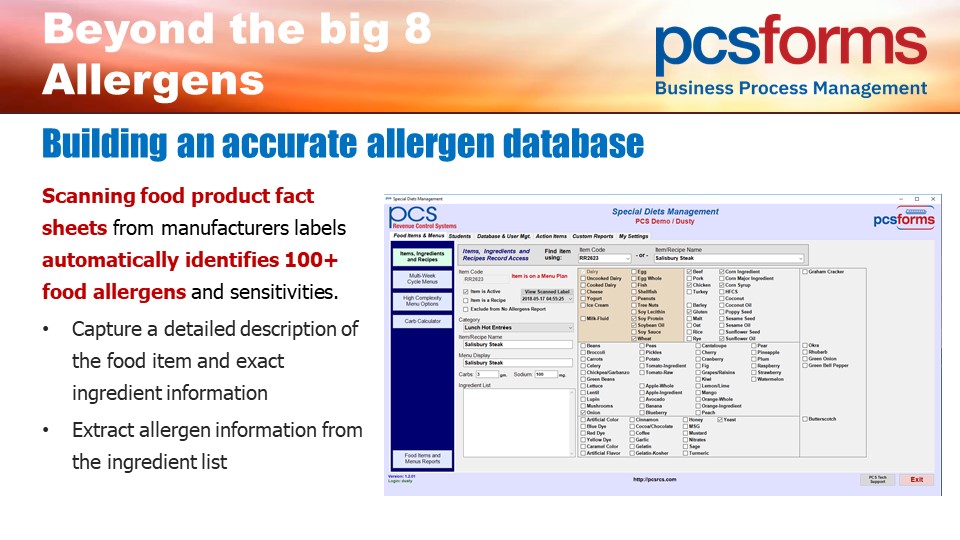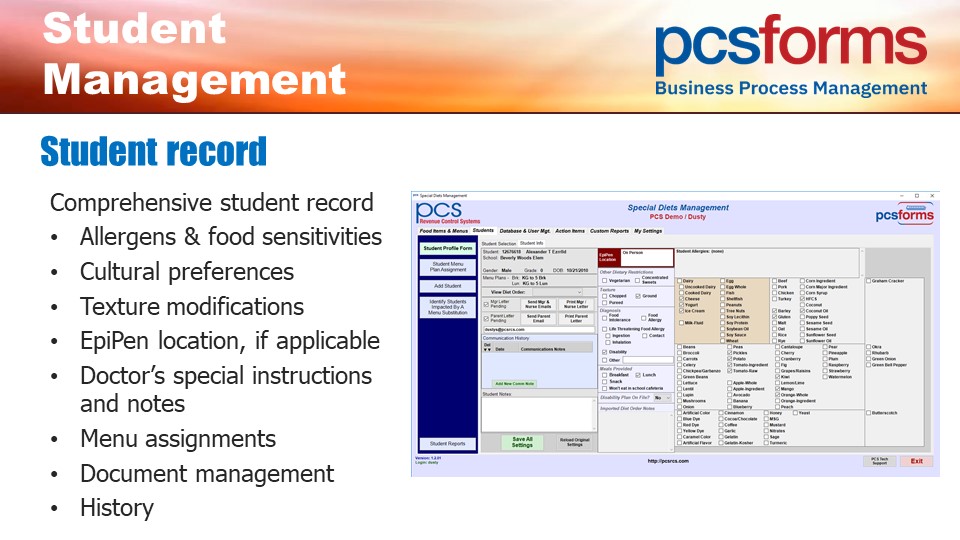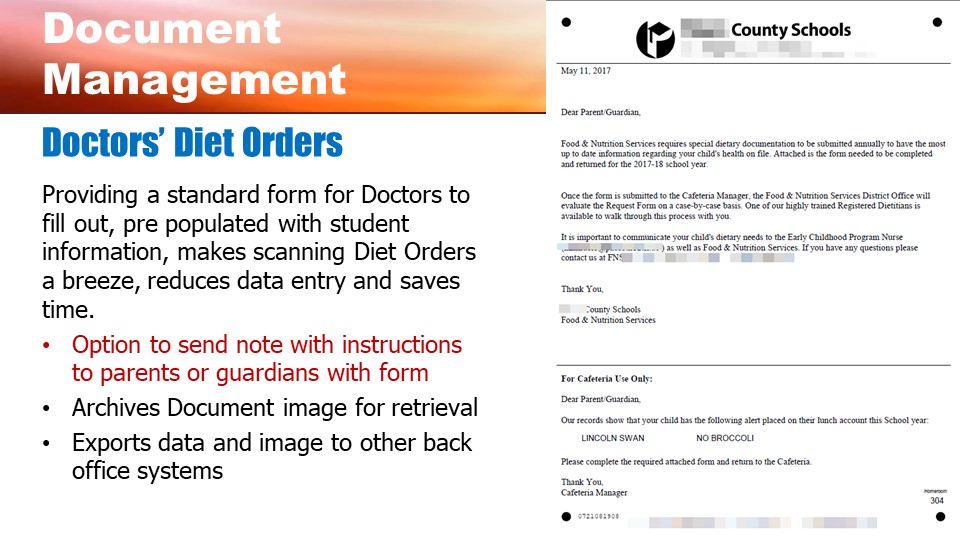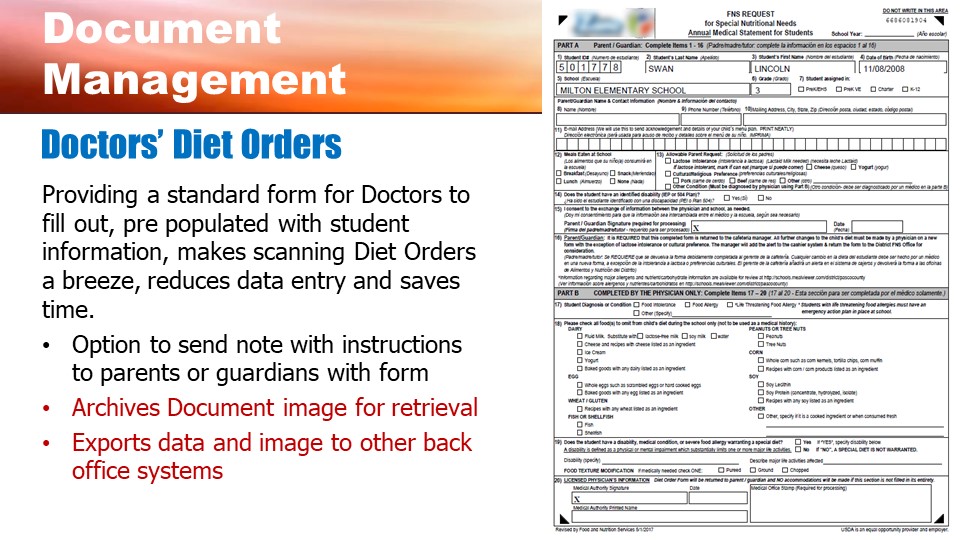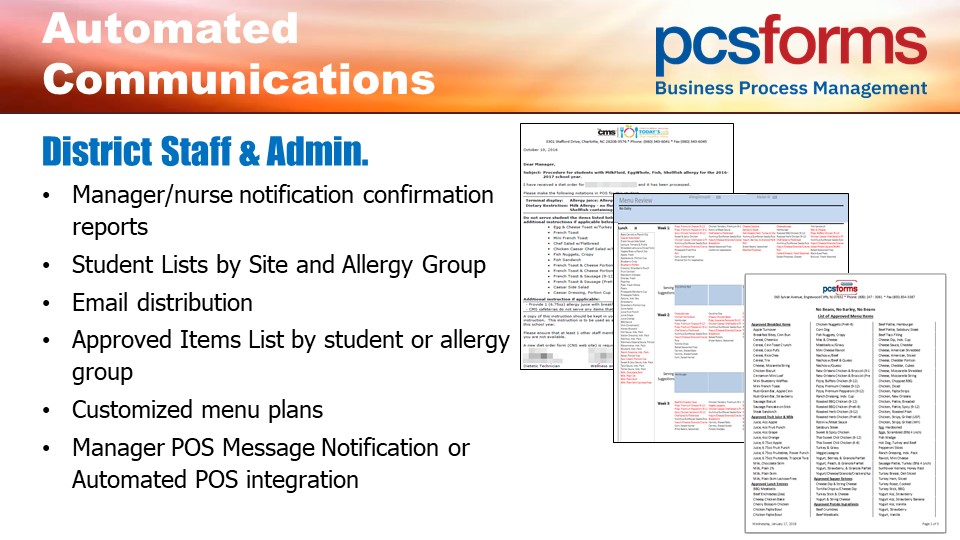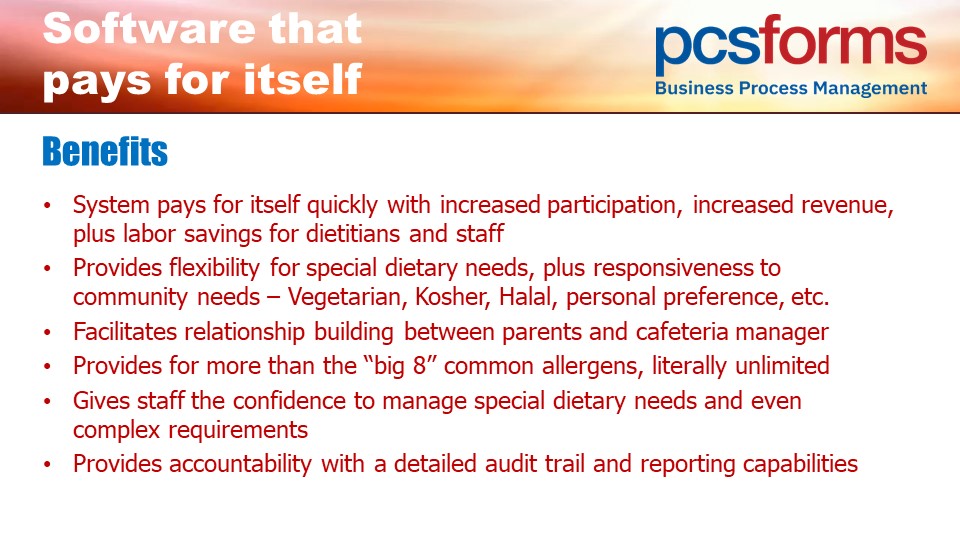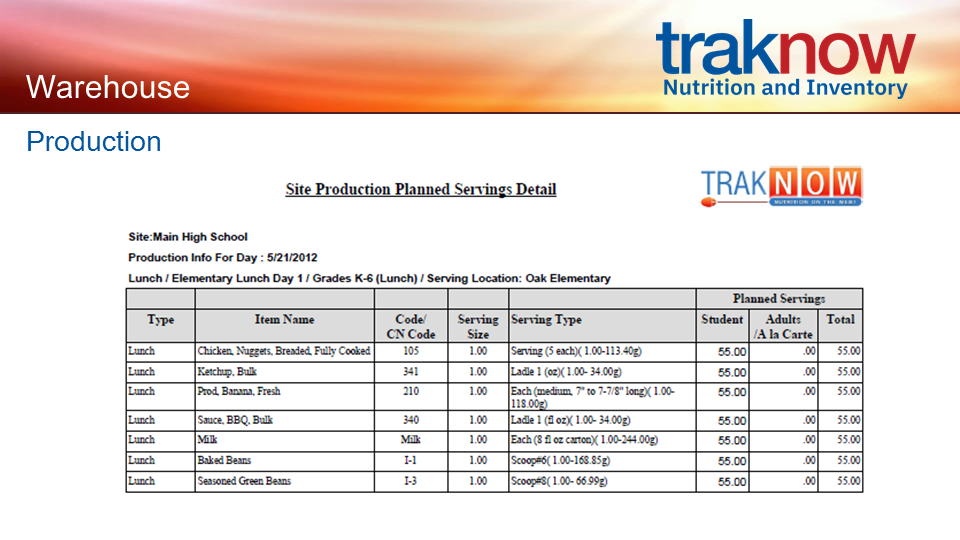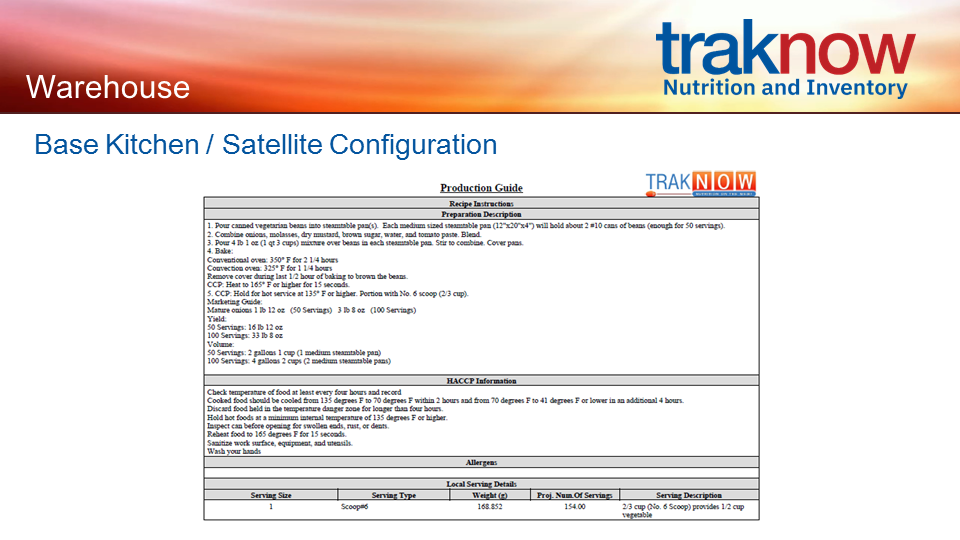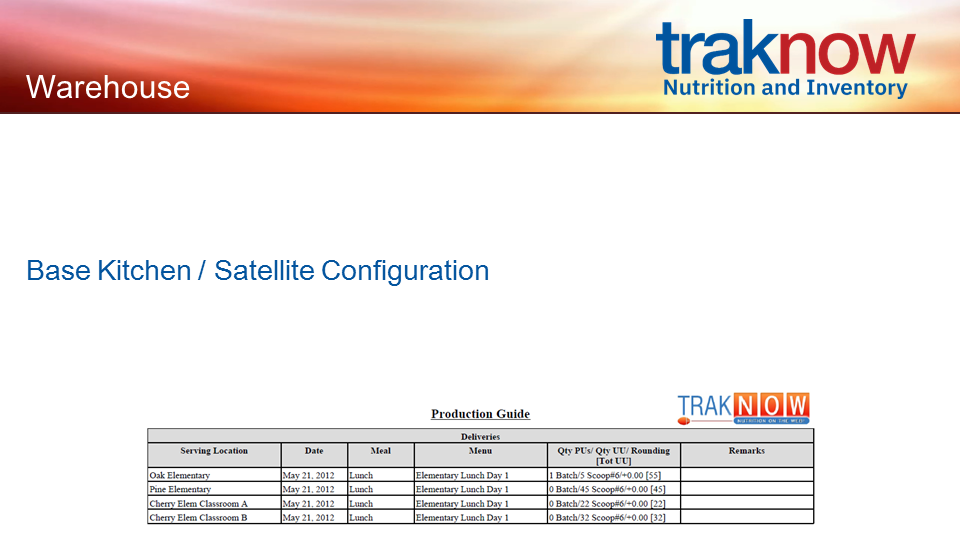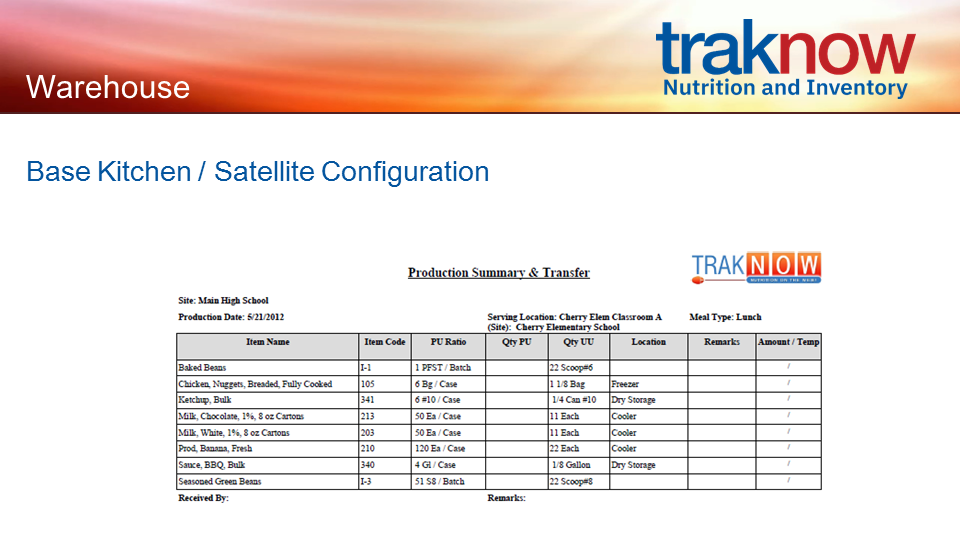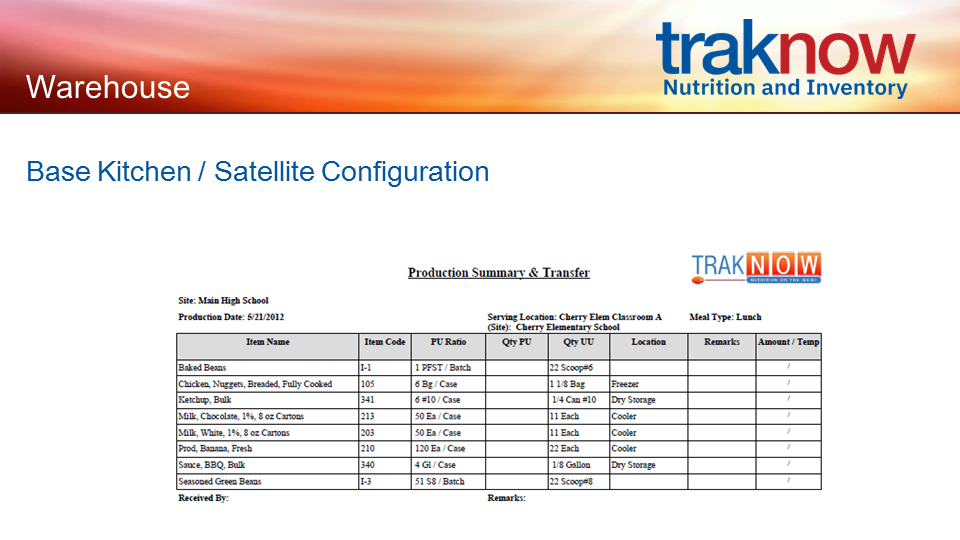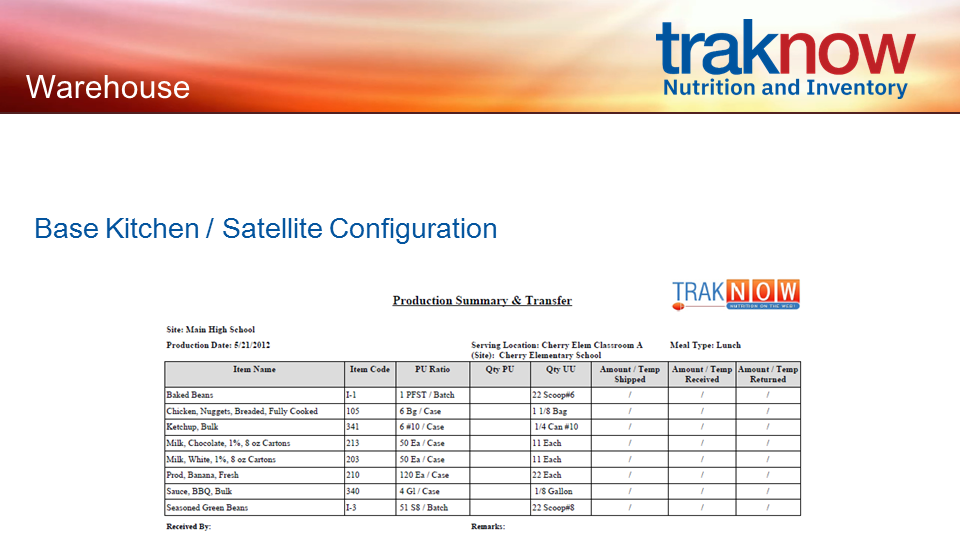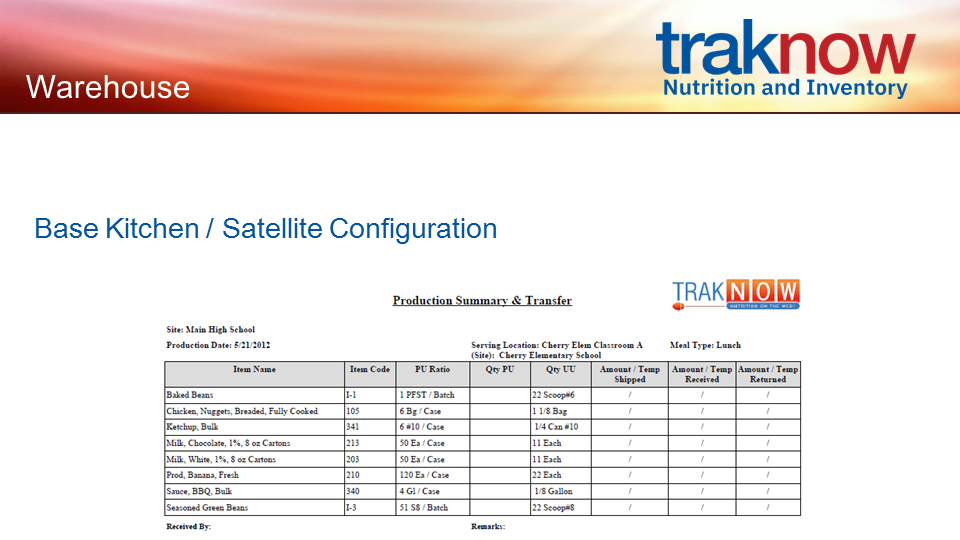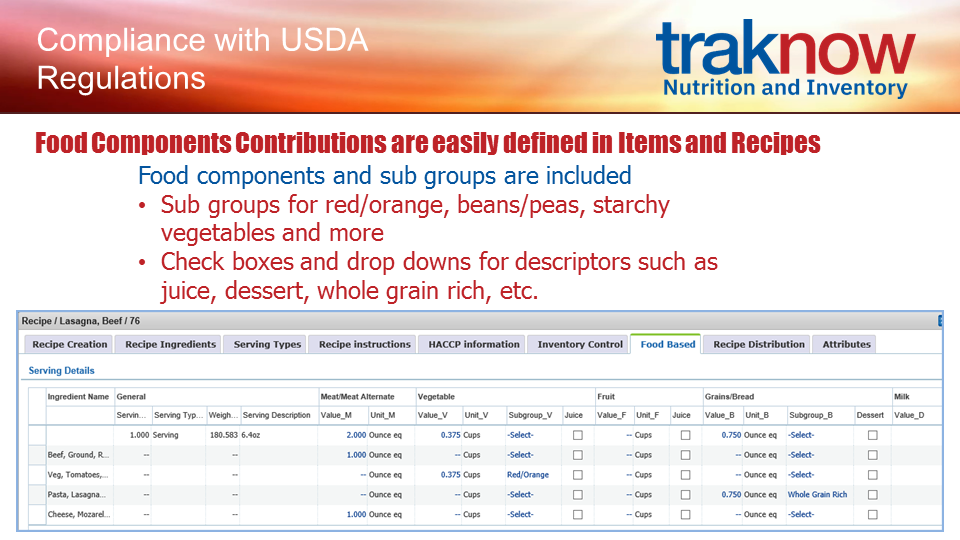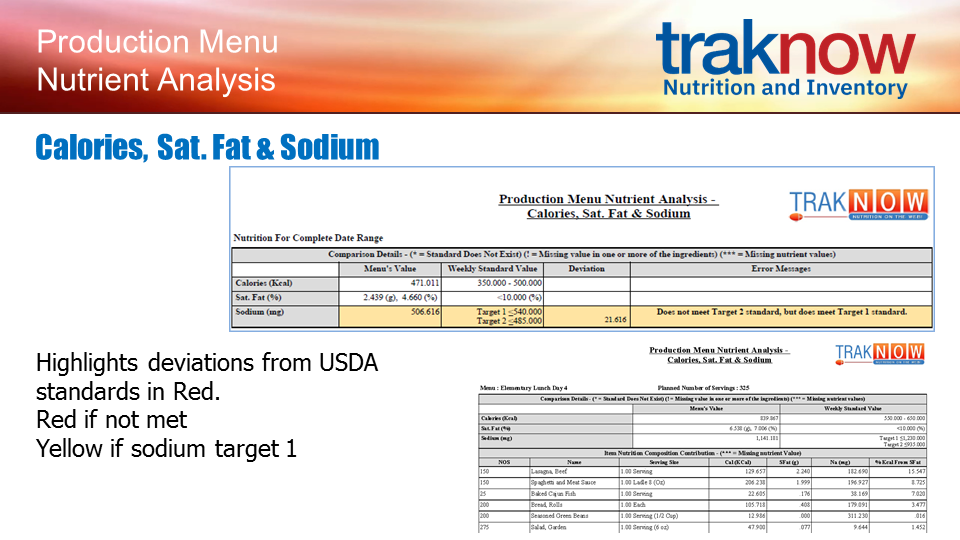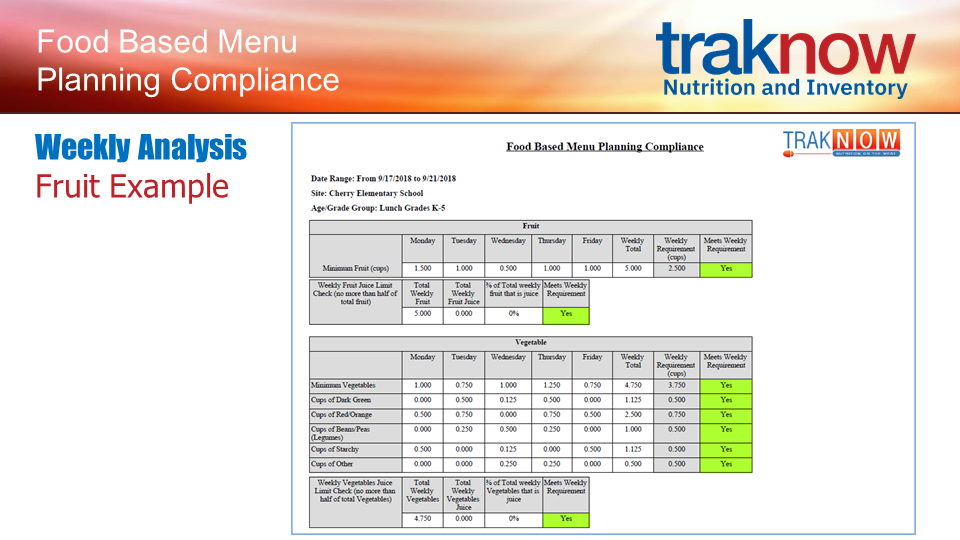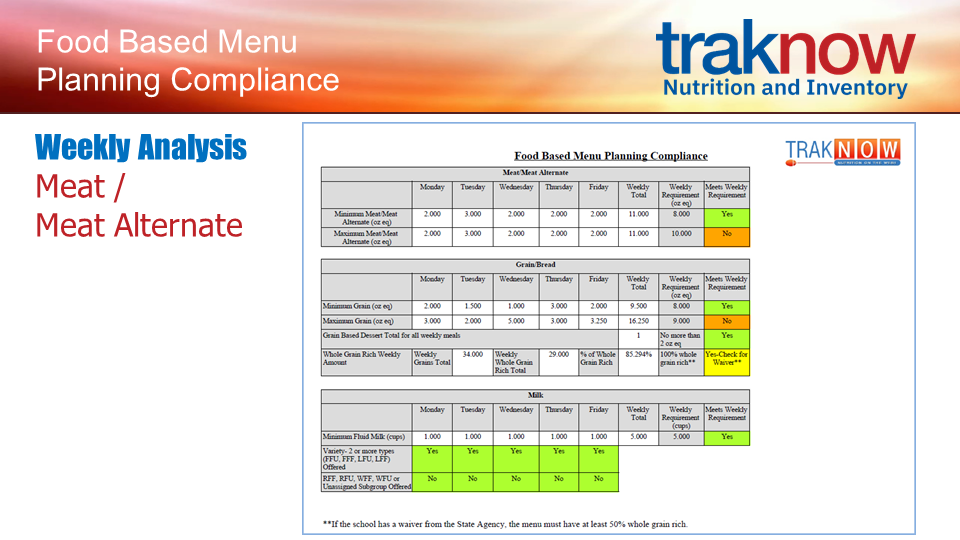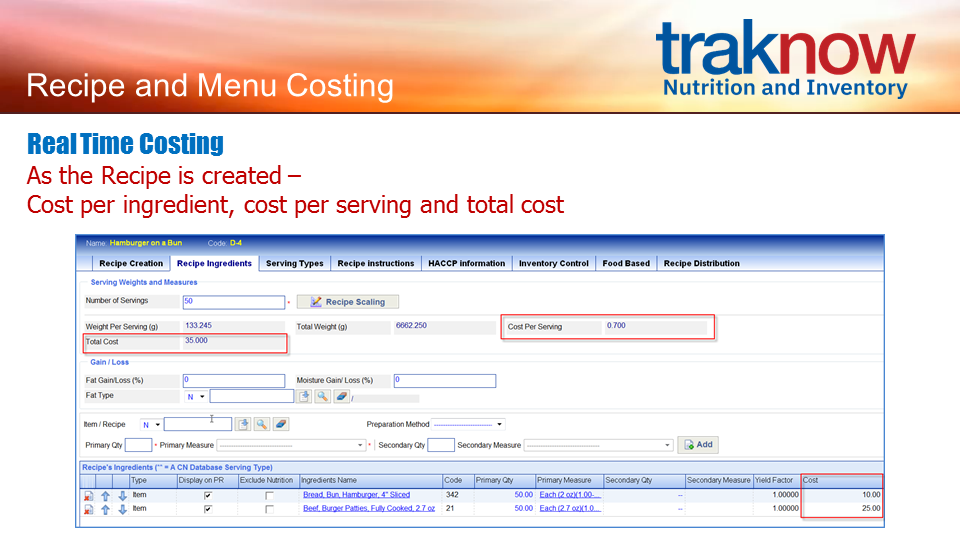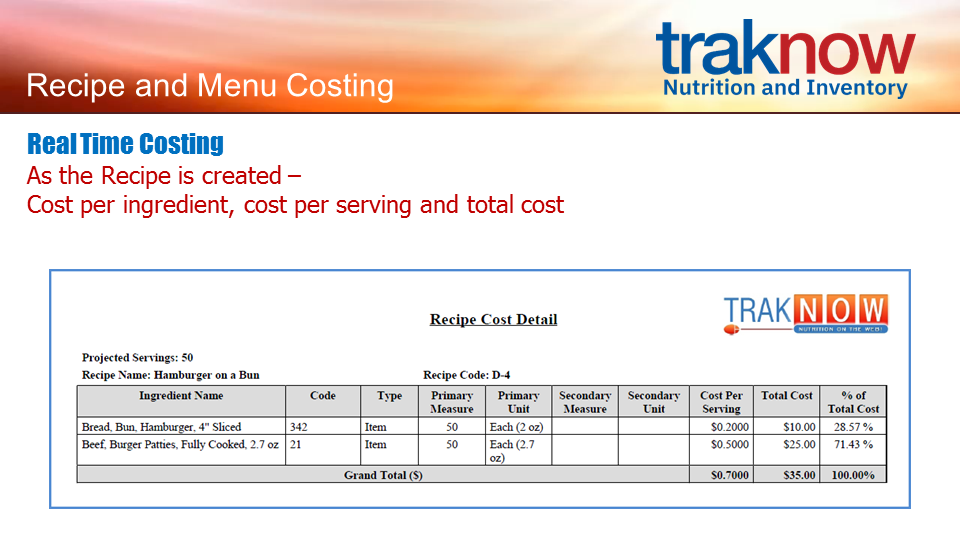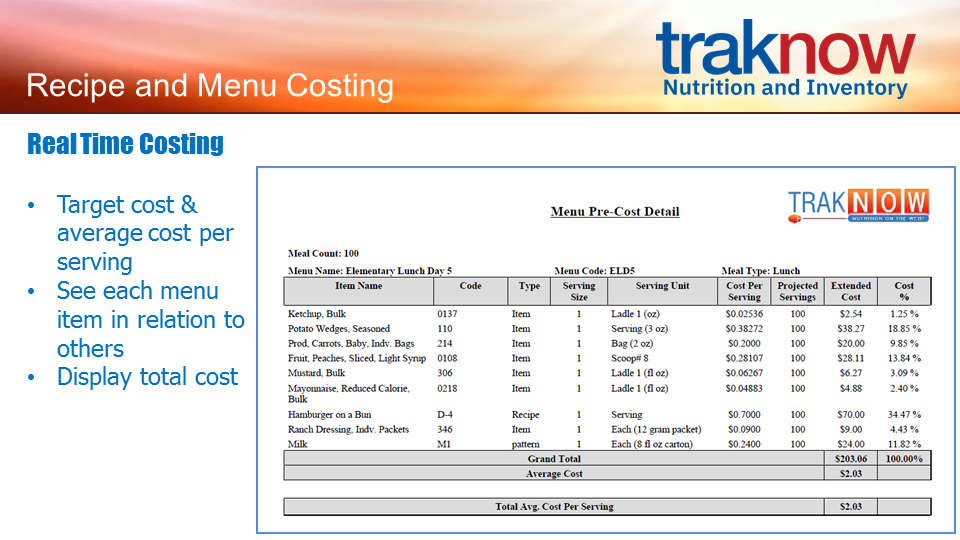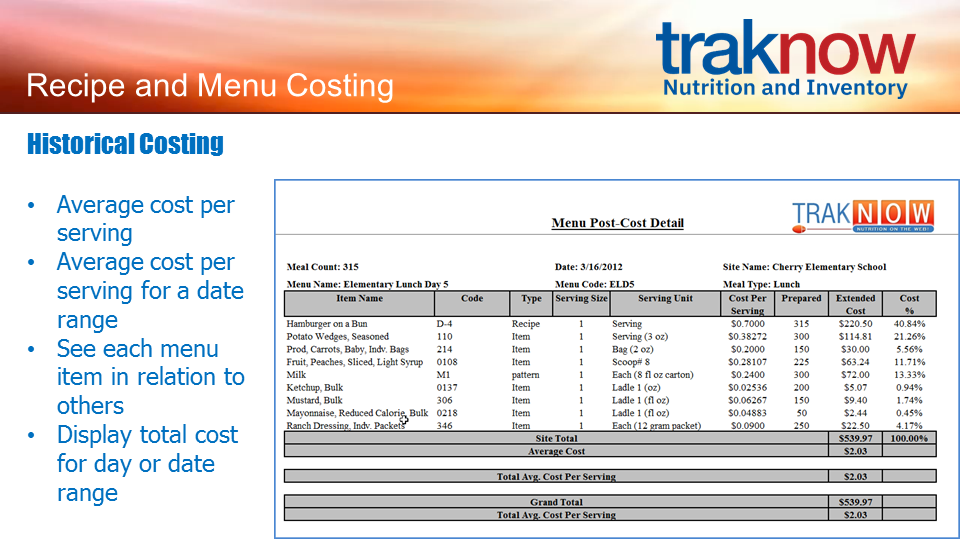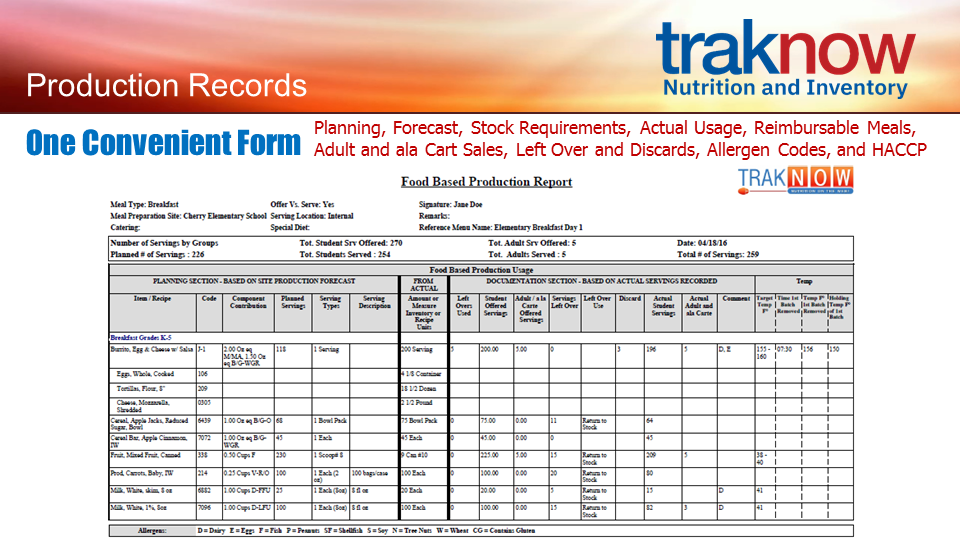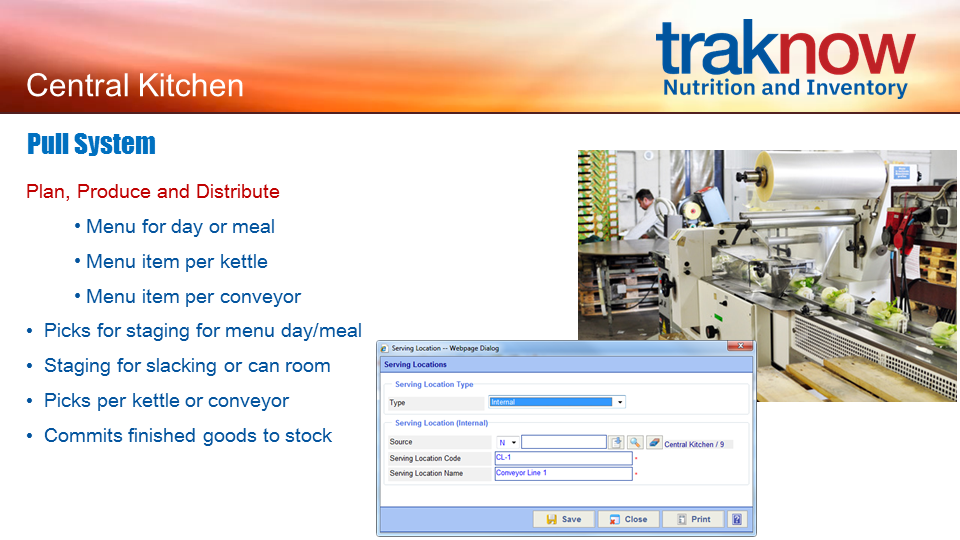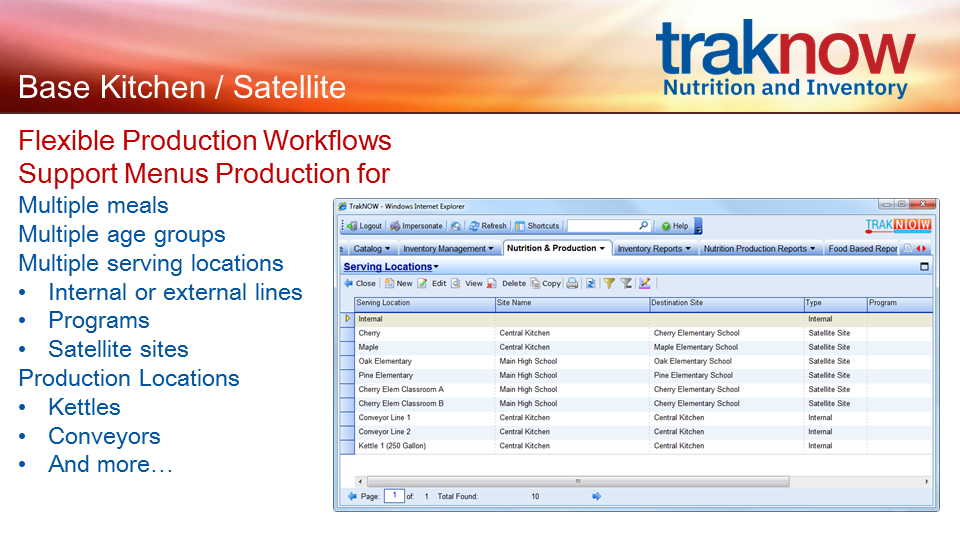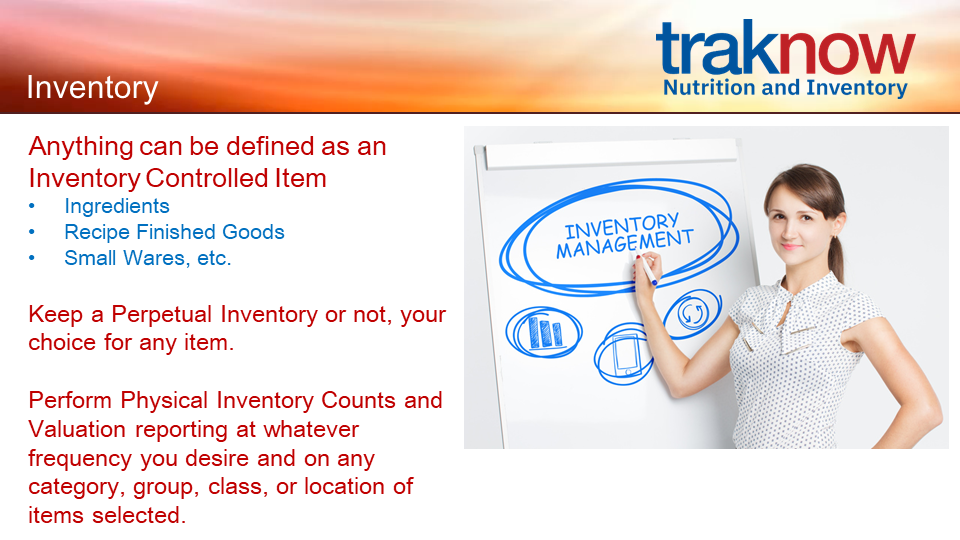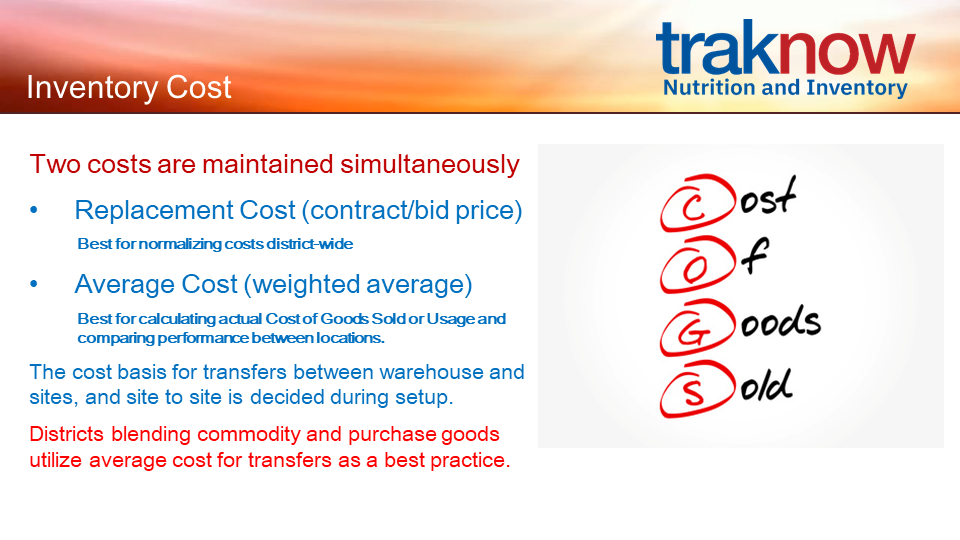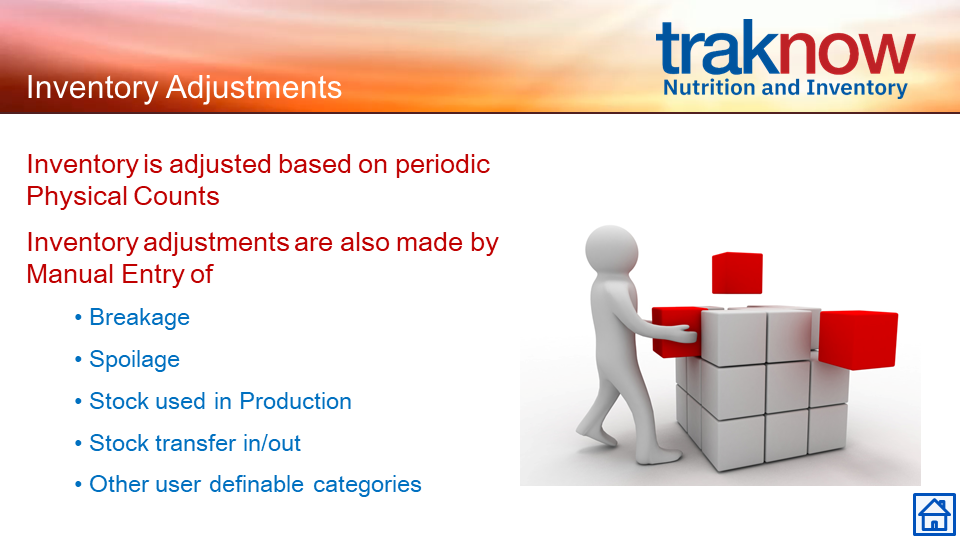Blog
May
Chris Hemsworth is a dad with many talents — and that includes making his children’s school lunches!
The 35-year-old Avengers: Endgame star stopped by his children’s school on Monday to help fellow parents prepare sushi rolls for lunch. (Parents in Australia are encouraged to visit their children’s school to help out in making meals for students.)
His wife, actress Elsa Pataky shared several videos of herself and Hemsworth working together with other parents and hilariously comparing their respective piles of sushi roles just waiting to be consumed by young kids.
“I might have a bigger pile than you do right now,” Hemsworth jokingly told her as she filmed him rolling up the meals.
As he continued working, he sang, “Roll, roll, roll your boat.”
Pataky lovingly wrote, “Always helpful to have a superhero in the kitchen!!” as her husband was seen packing up containers containing lunch ingredients.
FULL STORY AT PEOPLE.COM

Apr
An Indiana school district is taking steps to make sure kids have enough to eat.
Elkhart Community Schools students usually get breakfast and lunch at school lunch food, but on the weekends at home, they may be without food.
That’s where the South Bend-based non-profit Cultivate Culinary comes in: it provides weekend meals to a small group of students in the elementary school pilot program.
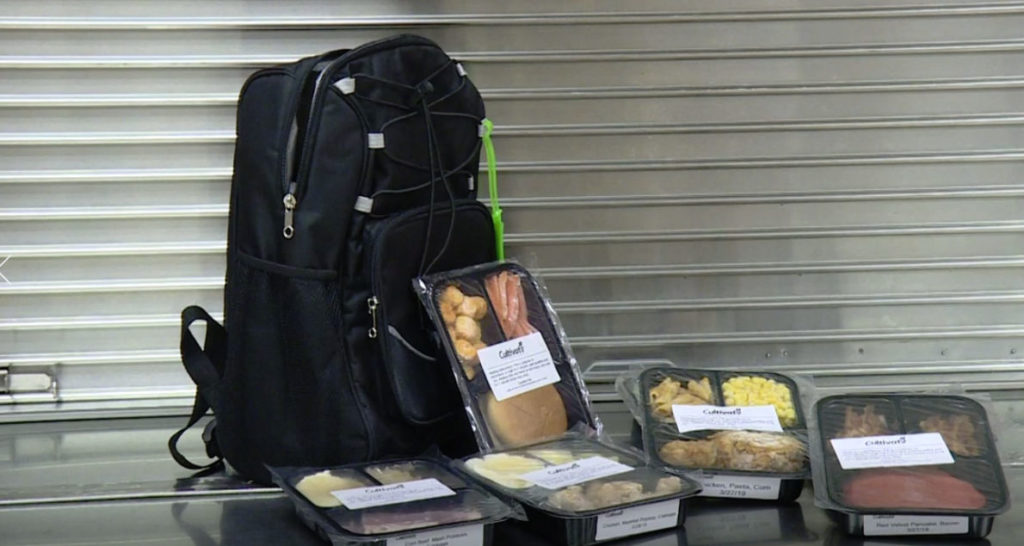
“Mostly, we rescue food that’s been made but never served by catering companies, large food service businesses, like the school system,” said Jim Conklin of Cultivate Culinary. “You don’t always think of a school.”
It rescues the unused food.
“Over-preparing is just part of what happens,” said Conklin. “We take well-prepared food, combine it with other food and make individual frozen meals out if it.”
Twenty students will receive a backpack with eight individual frozen meals every Friday until the end of school.
“At Elkhart Community Schools, we were wasting a lot of food,” said Natalie Bickel, student services. “There wasn’t anything to do with the food. So they came to the school three times a week and rescued the food.”
The Chamber of Commerce’s Leadership Academy Commerce helped get the pilot program going.
“It’s making a big impact,” said Melissa Ramey, Chamber Leadership Academy. “I am proud of that. It was heartbreaking to hear that children go home on the weekends and that they don’t have anything to eat.”
It’s making a big difference in the lives of the students receiving the meals. The Elkhart school system wants to expand the food program to other schools.
Republished with permission from KTXS12 News

Jan
Preteens and teens who attend middle schools with nutrition policies and healthy-eating programs experience less of an increase in body mass index (BMI) compared to students who attend schools without such programs, according to a new study led by the Yale School of Public Health.
The findings are published in the American Journal of Preventive Medicine.
More than one in five American teenagers are currently obese, and around half of teens are overweight. Being overweight or obese early in life affects health across the lifespan, contributing to a range of chronic diseases such as depression, hypertension and diabetes that reduce productivity and shorten life expectancy.
The five-year trial followed nearly 600 students from 12 schools in New Haven, Connecticut. It is one of the first school-based policy intervention studies that followed students through middle school.
“These findings can guide future school and community interventions. Childhood obesity is a serious health threat, and schools are a vital way to reach children and their families to reduce risks and promote health,” said lead author Dr. Jeannette Ickovics, the Samuel and Liselotte Herman Professor of Social and Behavioral Sciences at the Yale School of Public Health.
“These findings strongly support previous administration policies that provided healthier food for all children in public schools.” These policies were recently rolled back by the U.S. Department of Agriculture under President Donald Trump.
The findings show that students had healthier body mass index trajectories (a measure of obesity) over time when they attended schools with enhanced nutrition policies and programs.
Overall, these students had an increase in BMI percentile of less than 1 percent, compared with students in non-supported schools who demonstrated increases of 3 to 4 percent. By the end of the study, the nutritionally supported students also reported healthier behaviors than their peers in schools without the nutrition policies and programs.
The researchers analyzed both behavioral and biological indicators. The results are among the most compelling to date, researchers said, perhaps because of the strong community-university partnership, and the recognition that health and academic achievement often go hand-in-hand.
“This is some of the strongest evidence we have to date that nutrition education and promoting healthy eating behaviors in the classroom and cafeteria can have a meaningful impact on children’s health,” said senior study author Dr. Marlene Schwartz, director of the Rudd Center for Food Policy and Obesity at the University of Connecticut.
“These findings can inform how we approach federal wellness policy requirements and implementation in schools to help mitigate childhood obesity.”
The nutritional interventions included ensuring that all school-based meals met federal nutritional criteria; providing nutritional newsletters for students and their families; school-wide campaigns to limit sugary drinks and encourage the use of water; and limiting the use of food or beverages as rewards for academic performance or good behavior.
The trial also looked at whether a series of policies to promote physical activity would affect adolescent BMI. They determined that the physical activity policies alone had little or no impact on BMI.
Source: Yale University

Jan
School Nutrition News: D.C.-area students owe nearly half a million in K-12 school lunch debt
PCS RCS 0 comments School Lunch News From Around The USA, Uncategorized
WASHINGTON POST: As students in the Washington area went home for winter break, a substantial number were in debt — to the school cafeteria.
Students in the Washington area owe nearly half a million dollars so far this school year in “lunch debt,” according to an analysis by The Washington Post. These are K-12 students in public schools who did not have enough money to pay for meals in their school cafeteria, so they racked up debt to eat.
In some cases, students who cannot pay for lunch are denied hot food and handed a cheese sandwich, according to policy in numerous school districts across the country, including in Prince George’s County Public Schools.
The National School Lunch Program, established in the 1940s, pays free and reduced-cost lunches for millions of U.S. students, but the debts make clear some students still aren’t getting by.
School lunch debt in the Washington area ranges from about $20,000 in the Alexandria City Public Schools to $127,000 in D.C. Public Schools. Tens of thousands of students in the six public school districts in and around the nation’s capital are in the red, according to district officials.
Debt per student varies greatly. In the 161,000-student Montgomery County Public Schools, officials said about 11,000 students have accumulated $80,000 in meal debt so far this school year. That works out to an average of about $7 a student, the equivalent of about three lunches, but officials said that figure can be misleading, as many students have small amounts and then a few have large negative balances.
Teachers, principals, cafeteria workers and poverty experts describe a hidden crisis. And the problem isn’t confined to the D.C. area: Seventy-five percent of U.S. school districts have unpaid student meal debt, according to a survey of 1,550 districts nationwide by the School Nutrition Association, the national organization of school nutrition professionals.
Prince George’s County Public Schools has $24,000 in total meal debt outstanding. In Northern Virginia, Arlington Public Schools has more than $100,000, and Fairfax County Public Schools has more than $110,000.
For a child to qualify for free lunch under the National School Lunch Program, a family of four must make less than $32,630 a year. That amount is the same for all states (except Alaska and Hawaii), which puts kids in high-cost regions such as the D.C. area at a disadvantage over those in more rural areas.
“Every time I see the free-lunch application, I say a little prayer thanking the Lord I don’t have to fill it out,” said Diane Pratt-Heavner, spokeswoman for the School Nutrition Association. “It’s a complicated form that asks a lot of personal information, so I understand why immigrant families don’t complete it.”
Many students in debt belong to families who earn slightly too much to qualify for free meals, or whose parents or guardians fail to complete the free-lunch paperwork, which must be done annually, according to interviews with 11 Washington-area school officials.
| SCHOOL DISTRICT | TOTAL MEAL DEBT (YTD) | TOTAL ENROLLMENT | % RECEIVING FREE AND REDUCED MEALS |
|---|---|---|---|
| Montgomery County Public Schools | $80,000 | 161,460 | 34% |
| Prince George’s County Public Schools | $24,000 | 132,322 | 64% |
| Arlington Public Schools | $100,225 | 28,020 | 29% |
| Alexandria City Public Schools | $20,098 | 15,737 | 61% |
| Fairfax County Public Schools | $110,428 | 188,018 | 28% |
| D.C. Public Schools | $127,000 | 48,144 | 77% |
A family of four earning less than $46,435 but more than the free-lunch limit would qualify for reduced-price meals. There is also a special program for the nation’s most low-income schools in which all students automatically qualify for free lunch if more than 40 percent of the student body comes from homes on food stamps or welfare.
School leaders said some immigrant families are fearful to return the free-meal application after the Trump administration announced plans in September to make it harder for immigrants who receive public benefits and are “burdens on American taxpayers” to obtain green cards or permanent residency status.
The high debt burden puts some schools in a gut-wrenching position in which school policy dictates that cafeteria workers are instructed not to give hot food to a child and to offer an “alternate meal” instead, usually a cold cheese sandwich. Lawmakers and anti-poverty activists have dubbed this practice “lunch shaming,” because other students notice what’s going on.
“We don’t want to see a kid get a ‘shame sandwich,’ ” said Michael J. Wilson, director of Maryland Hunger Solutions. “We know good meals help fuel kids’ brains and helps with attendance.”
Montgomery County stopped serving alternate meals in November. But some other Maryland school districts still do, including Prince George’s County.
Schools in Prince George’s have tried to make the process as dignified as possible for students in this situation by trying to “prevent any embarrassment in the lunch line due to lack of funds.”
“Cashiers will no longer take a tray from a student,” Prince George’s County Public Schools policy states. “The alternate meal will be distributed to the student before lunch to avoid the student going through the serving line.”
Virginia outlawed the practice earlier this year, barring schools districts from singling out students who can’t afford to pay for lunch by making them do chores or putting wristbands, stamps or other markers on children. The law effectively stops Virginia public schools from serving alternate lunches, because that is another way of singling kids out. D.C. Public Schools also do not serve alternate meals.
Many D.C. public schools give all students free lunch because the school’s student body meets the high-poverty criteria, but about a quarter of the city’s schools still charge students and have unpaid meal debt.
Districts are growing more aggressive at sending letters, emails and texts and calling parents when a child has a negative balance, according to their policies, so that schools are not left paying off the remaining debt at the end of the school year.
School districts sometimes withhold report cards or student records of students with outstanding meal debt. Some districts allow the debt to carry over from year to year, while others don’t.
Schools are caught in a hard place — they don’t want children going hungry or feeling ashamed, but they don’t have extra money to cover the debts, and they want to make sure parents who can pay are paying.
The new tactic many districts are taking is to aggressively seek community donations to help pay off student meal debt. More than half of U.S. school districts are now doing this, the School Nutrition Association found, and D.C.-area schools are part of this trend.
The Montgomery County Public Schools Educational Foundation is trying to raise $300,000 for its “Dine With Dignity” campaign to wipe out lunch debt (the district has $80,000 in meal debt so far this year). The foundation partnered with Starbucks to put information on how to donate on Starbucks cups sold at stores in the district.
“A gentleman walked up to me in a Starbucks store to make a donation because he said when he grew up the alternate meal was a peanut butter and jelly sandwich, and to this day he can’t eat one without feeling sad,” said Yolanda Johnson Pruitt, executive director of the MCPS Educational Foundation. “Kids are entitled to their dignity in the lunch line.”
Business owners and concerned parents are running fundraisers and GoFundMe campaigns to eliminate debt at their local schools, part of a nationwide movement that really took off in 2017 after New Mexico became the first state to ban any form of lunch shaming.
Katie Martin is head of the Parent Teacher Student Association at West Frederick Middle School. As soon as she heard about the lunch debt at her child’s school, she launched a GoFundMe to wipe it out. They have raised about $500 so far, which would cover only a few months.
Black Flag Brewing Co. in Columbia, Md., held a big party on Dec. 23 and donated all proceeds from the event and a GoFundMe campaign to pay off $47,000 of lunch debt in Howard County Public Schools.
“Many people don’t even know this debt exists here in Maryland,” said Brian Gaylor, the brewery founder and an alumnus of Howard County Public Schools. “My teacher friends say they see kids who can’t pay for lunch every day.”
The problem is that the debts come back every year. Ashley D’Amico, who owns a real estate investment company, paid off all the lunch debt in Frederick County Public Schools before Christmas last year, but the debt is back. The Frederick schools’ unpaid lunch balance is currently $8,000, more than double what it was a year ago.
While school district officials acknowledge some parents are forgetful or taking advantage of the system, they think the vast majority of the kids in debt are from financially struggling homes. They report a frequent spike in debt payments every few weeks as families living paycheck to paycheck have money again.
The D.C. Council considered a proposal to give free lunches for all students, but the $2.5-million-a-year cost was considered too high. Maryland passed legislation to cover the costs of all meals for kids who qualify for reduced-price meals starting in 2023, but for now, debts keep amassing.
“Maryland was willing to put up lots of money to get Amazon. We didn’t get Amazon, so we should have some money to spend to feed kids in our state,” Wilson said.
FULL ARTICLE at Washington Post
Jan
Collections Assistant
Ed Title 0 comments Uncategorized
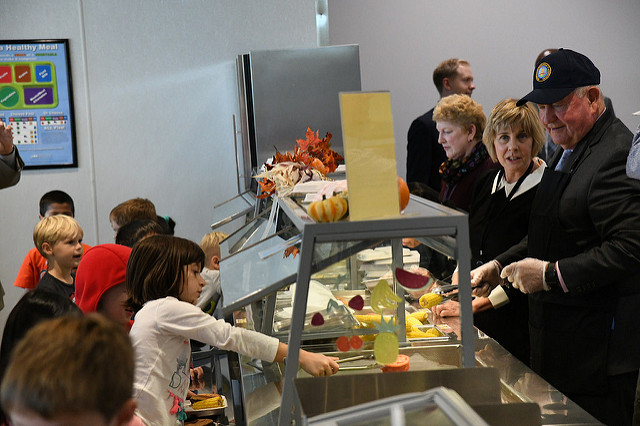
Nov
USDA Secretary Sonny Perdue and Acting Deputy Under Secretary for Food, Nutrition and Consumer Services Brandon Lipps joined students in New Jersey, Virginia and the District of Columbia for wholesome school lunches.
Secretary Perdue visited Discovery Elementary School in Arlington, Va., where he met with the school’s nutrition professionals, and served the children meals before joining them for lunch.
Last year, USDA took action to provide menu planning flexibilities that underscore USDA’s commitment to assisting schools in serving nutritious and appealing school meals. Responding to school nutrition professionals, USDA began making changes to school meal program rules to provide more options and flexibility on whole grains, sodium, and milk. An interim rule making these changes, the “Child Nutrition Programs: Flexibilities for Milk, Whole Grains, and Sodium Requirements” rule is now in effect. USDA plans to release the final version of this rule later this year.
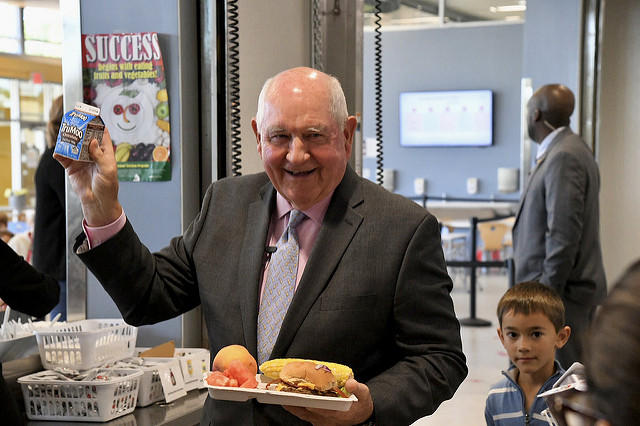
Secretary Perdue visited Discovery Elementary School in Arlington, VA (USDA)
Acting Deputy Under Secretary Lipps visited Eagle Academy Public Charter School (PCS) in Washington, D.C., where he ate with the students and toured their school garden.
Eagle Academy PCS received a USDA Farm to School Grant in 2017, which helped bring locally-grown produce directly to the lunchroom. “Farm to school gives schools the flexibility to serve appealing, seasonally-available foods, raised by local farmers,” Lipps said. “It is also a great tool for educating students so they understand that these nutritious foods are grown by America’s farmers.”

Acting Deputy Under Secretary for Food, Nutrition and Consumer Services Brandon Lipps kicked off with a visit to Eagle Academy Public Charter School (PCS) in Washington, D.C.
Lipps joined students for lunch at Manalapan-Englishtown Middle School in Manalapan, N.J. During the visit, Lipps also met with the school’s food service management company and nutrition officials from the state of New Jersey. “Children all across America deserve world-class food service – and schools are best positioned to deliver that service in their communities,” Lipps said. “USDA is committed to providing the local flexibilities they need to do what they do best – serve our kids nutritious meals they want to eat.”
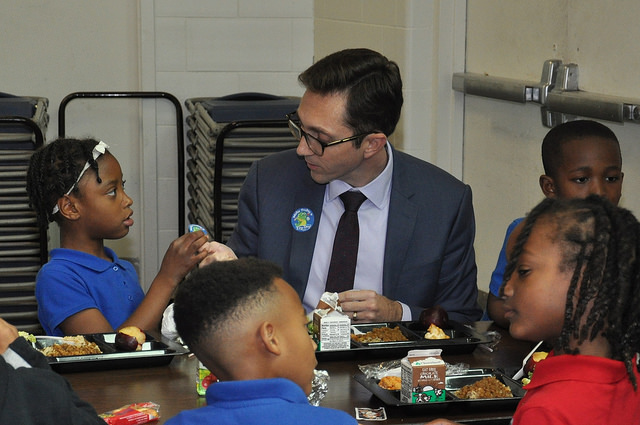
Acting Deputy Under Secretary Brandon Lipps eats his school lunch alongside students at Eagle Academy.
USDA’s FNS works to reduce food insecurity and promote nutritious diets among the American people. The agency administers 15 nutrition assistance programs that leverage American’s agricultural abundance to ensure children and low-income individuals and families have nutritious food to eat. FNS also co-develops the Dietary Guidelines for Americans, which provide science-based nutrition recommendations and serve as the cornerstone of federal nutrition policy.
Via USDA.gov
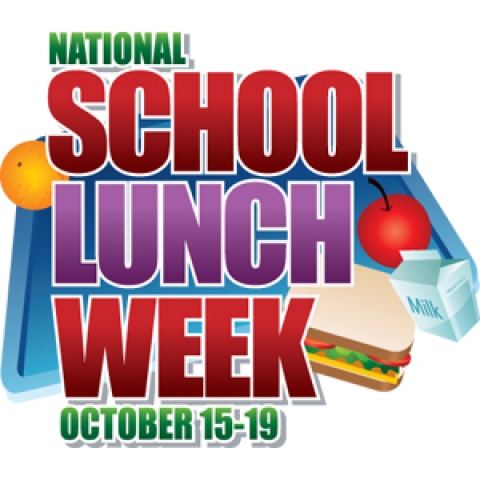
Oct
Public schools in Pitt County are celebrating National School Lunch Week a week late this year, and students are eating for free, both due to recent hurricanes.
School officials made the decision to postpone the weeklong child nutrition emphasis following Hurricane Michael, Pitt County Schools Child Nutrition Director Gretchen Wilson said. Countywide school closings on Oct. 11 caused schools to miss deliveries of menu items planned for School Lunch Week., which has the theme “Lots 2 Love.”
But it was another hurricane, Florence, that brought free breakfast and lunch to students in the school system. Because Pitt County Schools is included under the Major Presidential Disaster Declaration, all students will continue to receive free breakfast and lunch through Oct. 31.
“It doesn’t matter their status,” Wilson said. “Every child no matter their income eats for free right now.”
From Sept. 17 through Oct. 31, school breakfast and lunch meals are free to all public school students throughout Pitt County. This applies to standard breakfast and lunch meals and does not include a la carte items purchased separately from school meals.
Pitt County child nutrition officials were informed of the federal disaster relief aid designation two weeks after it began, so students who paid for breakfast or lunch between Sept. 17 and Oct. 1 have had their accounts reimbursed for those meals.
Wilson said the U.S. Department of Agriculture will reimburse Pitt County Schools the full rate for each meal, so the school system will not be forced to absorb any of the costs associated with the meals.
Read Full Story HERE

Mar
Scone
This recipe can have many variations exchanging the almond extract for vanilla extract and adding other nuts, dried fruit or other types of chips like white chocolate. This makes about 16 scones of medium size depending on how small or large you prefer to make your scones. I often will make “two bites” size scones when preparing for a crowd. Happy Cooking!
Ingredients
Servings | 6-8
3 cups all-purpose organic flour
1 cup sugar
5 teaspoon baking powder
¾ cup butter
½ cup sliced, almonds
1 egg
1 cup milk
1 cup chocolate chips
1tablespoon almond extract
Directions
Preheat oven to 400°F Lightly grease the baking sheet, or (use parchment paper)
- Combine first three ingredients, cut in butter with a pastry blender.
- Add milk, eggs, and extract, mix well.
- Add Chocolate chips and almonds and mix making sure not to over mix.
- On floured surface roll dough into a ¼ inch thick round with about half the mixture. Cut into 8 wedges.
- Repeat with remaining mixture.
- Bake 15 minutes in a preheated oven until golden brown.
Deli Strata
This is a great recipe for every day or a holiday brunch. Prep requires the strata to be refrigerated overnight for the ease of morning cooking. Definitely a crowd pleaser! Happy Cooking!
Ingredients
Servings | 1-8
1 loaf day-old seeded rye (about 1 pound), sliced
8 ounces sliced smoked salmon
1 1/2 cups shredded Havarti
10 large eggs
1/2 cup sour cream
1 1/2 cups whole milk
1/4 cup chopped fresh dill
Kosher salt and freshly ground pepper
For Garnish Once Cooked: Capers, lemon wedges, and thinly sliced red onion, and additional fresh dill for serving
Variations: Cheese and sour cream may be omitted for a lower calorie option
Directions
- Shingle bread slices and salmon in an 8-by-12-inch (3-quart) baking dish. Sprinkle with cheese. Whisk together eggs, sour cream, milk, dill, 1/2 teaspoon salt, and 1/4 teaspoon pepper; pour over bread. Cover and refrigerate at least 2 hours and up to 1 day.
- Preheat oven to 375 degrees with a rack in middle. Uncover and bake until cheese has melted and strata are puffed and golden about 30 minutes. Let cool slightly, then serve, with capers, lemon wedges, and onion slices alongside.
Jessica Wright C.E.C is a Certified Trainer, Chef, and PCS TrakNOW Implementation Specialist.


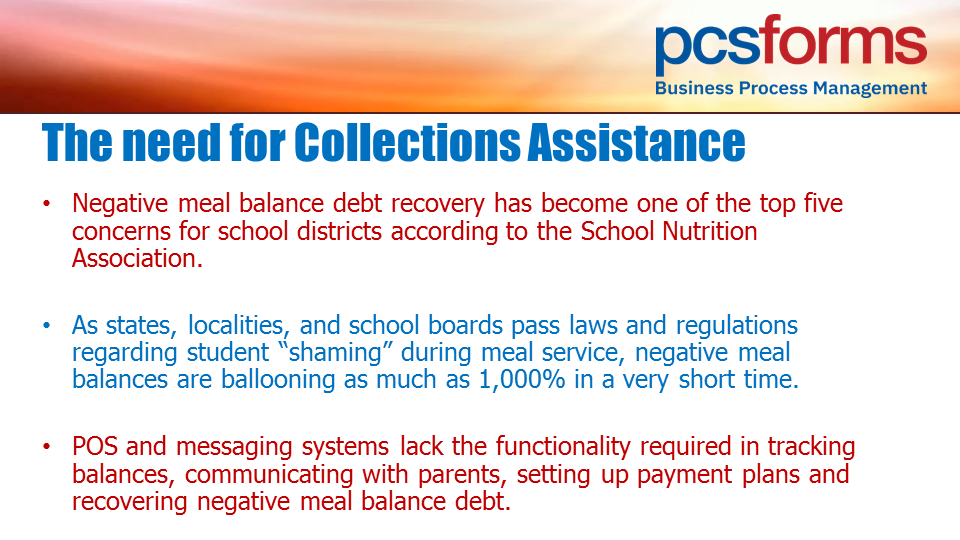

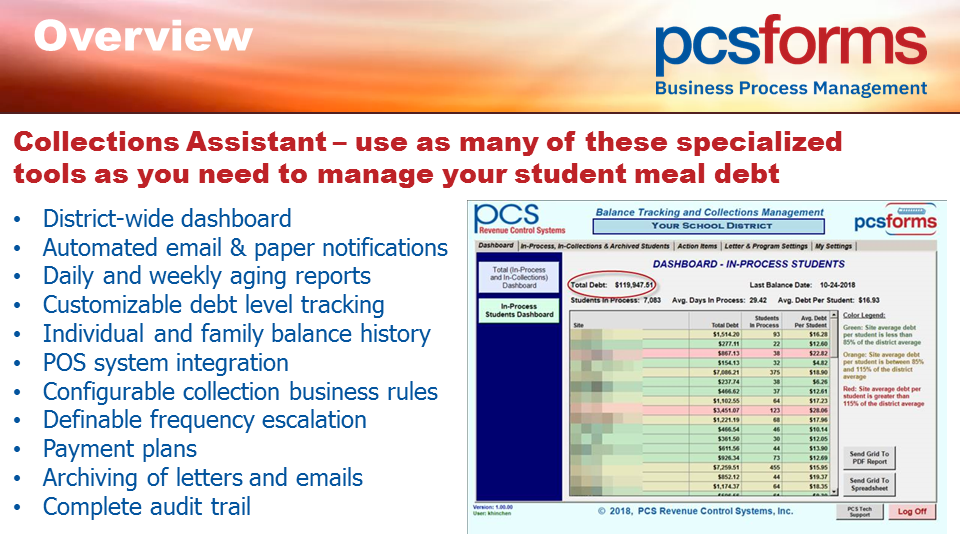
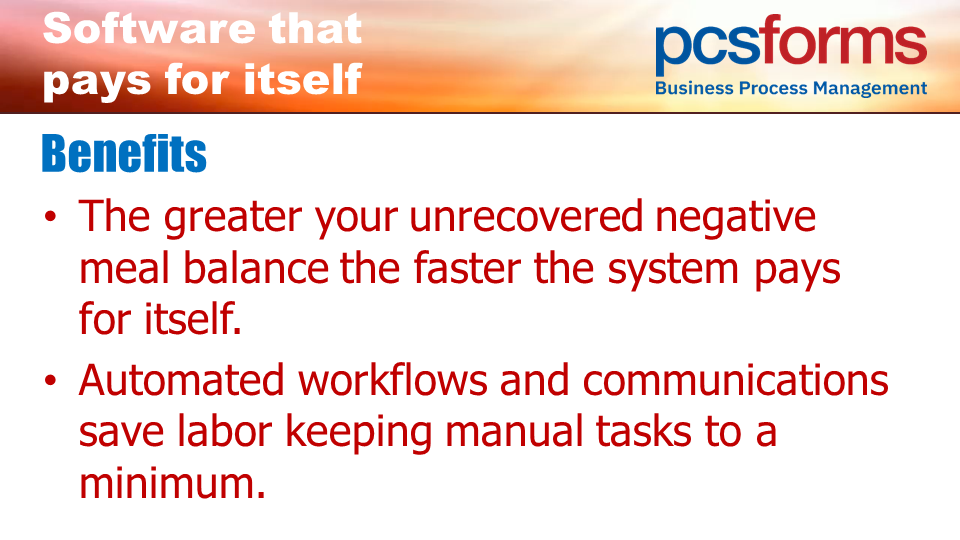


 Contact
Contact 
